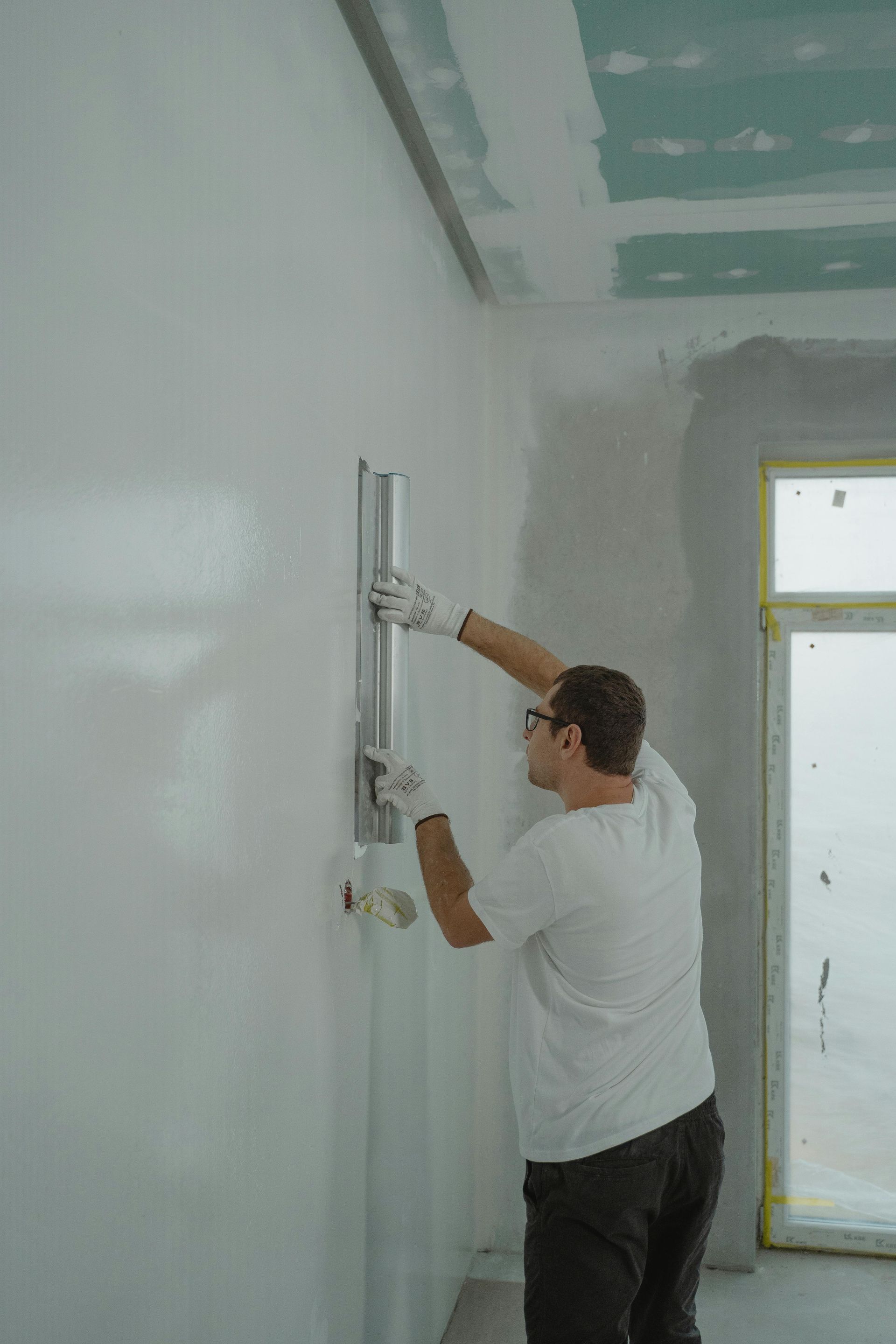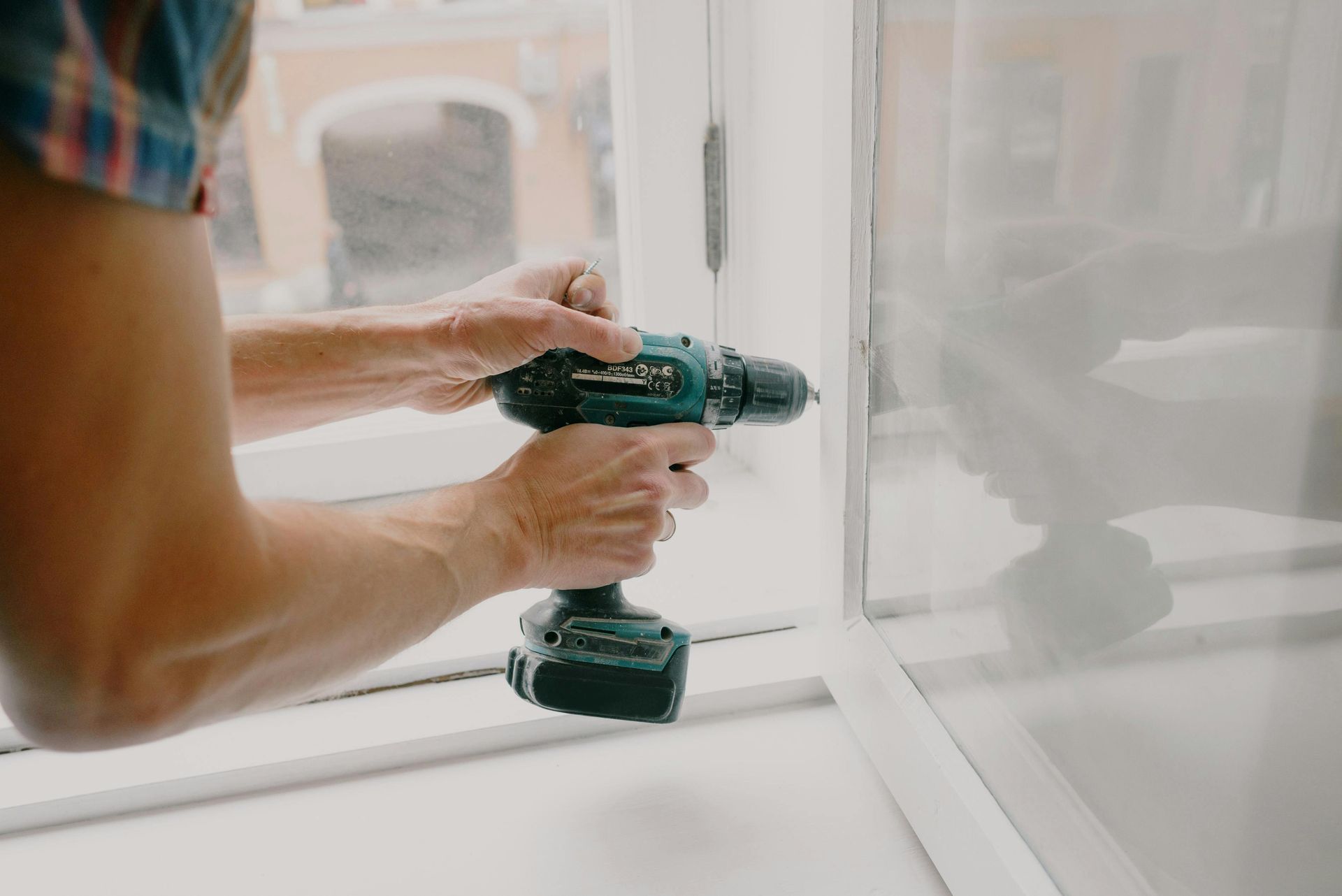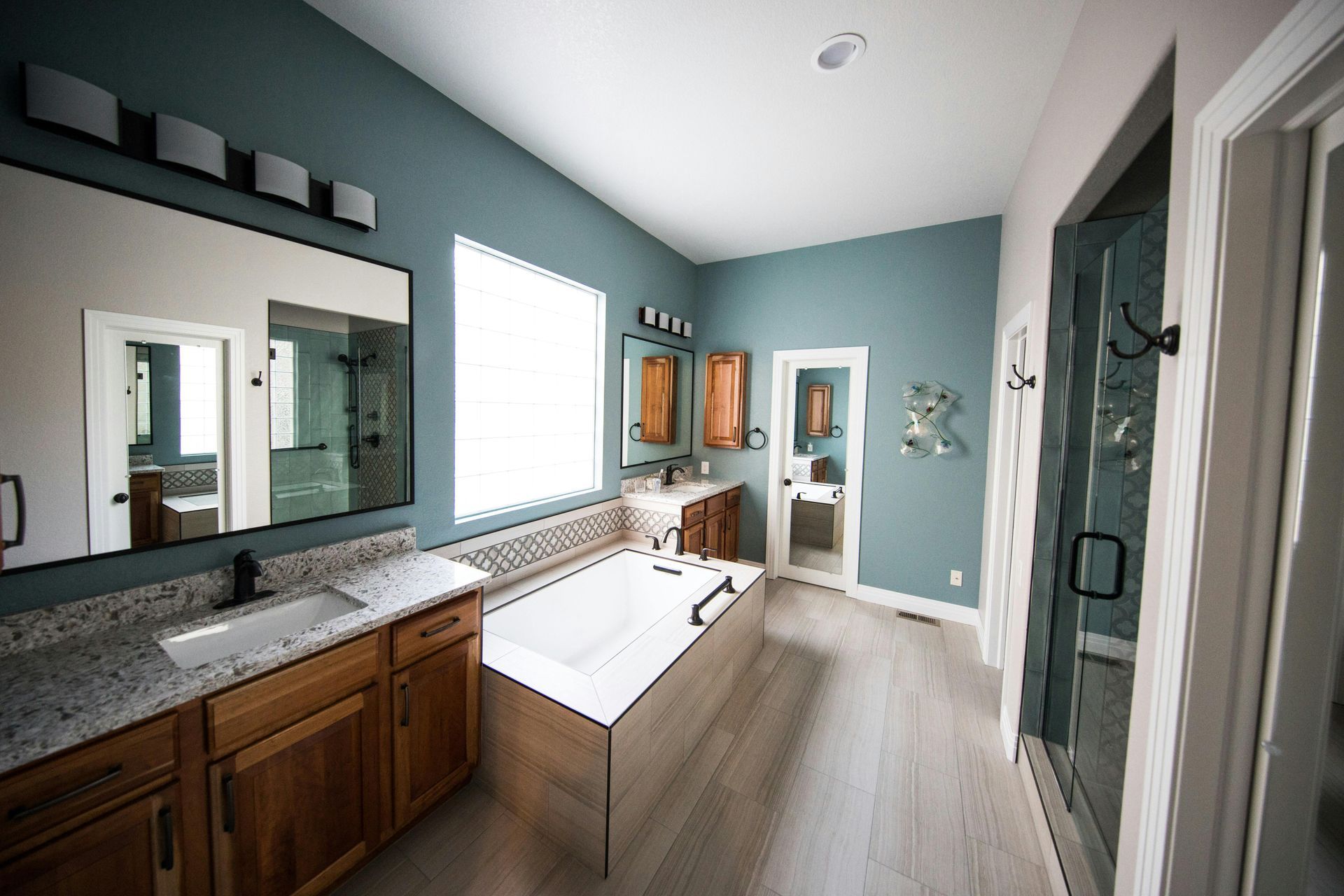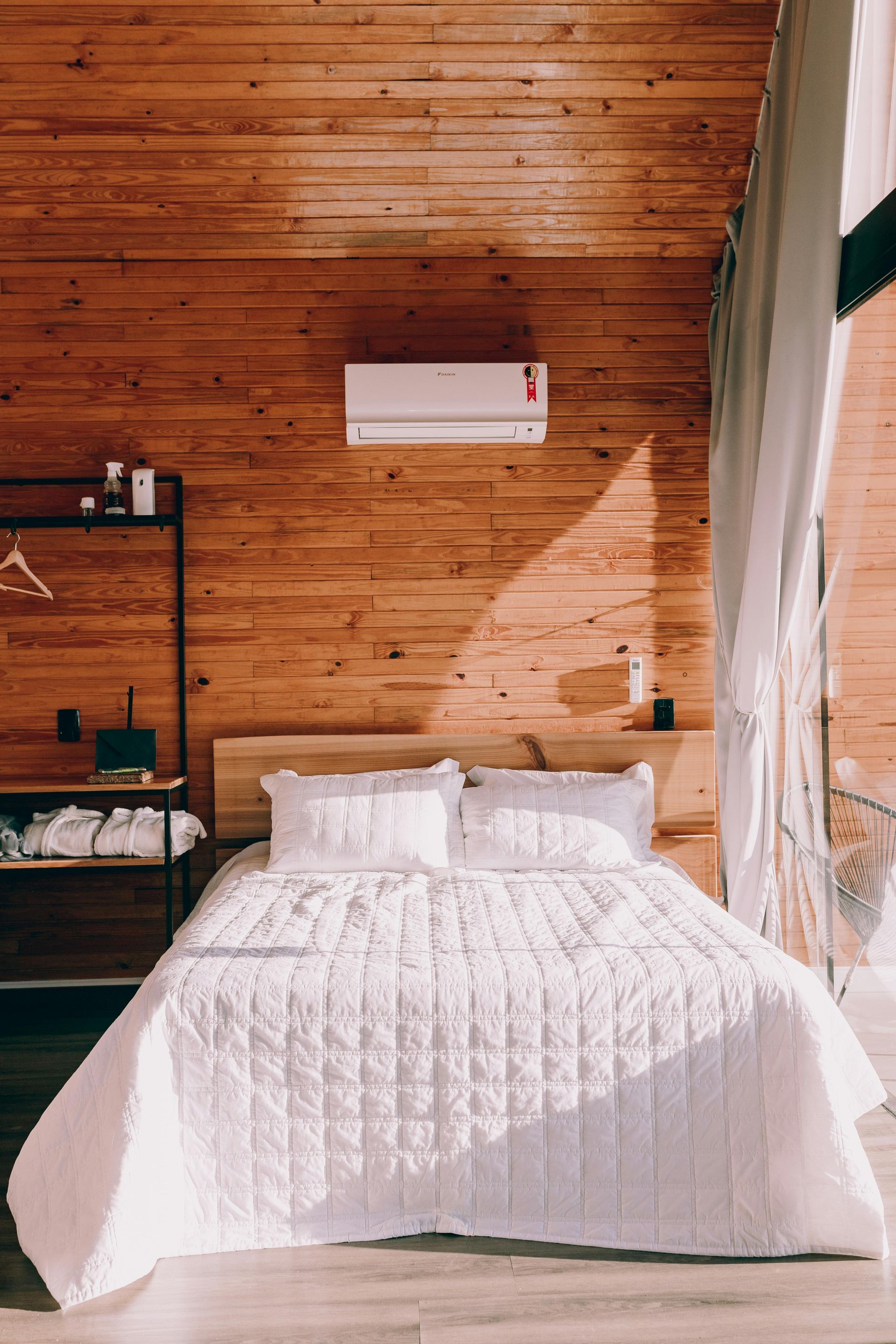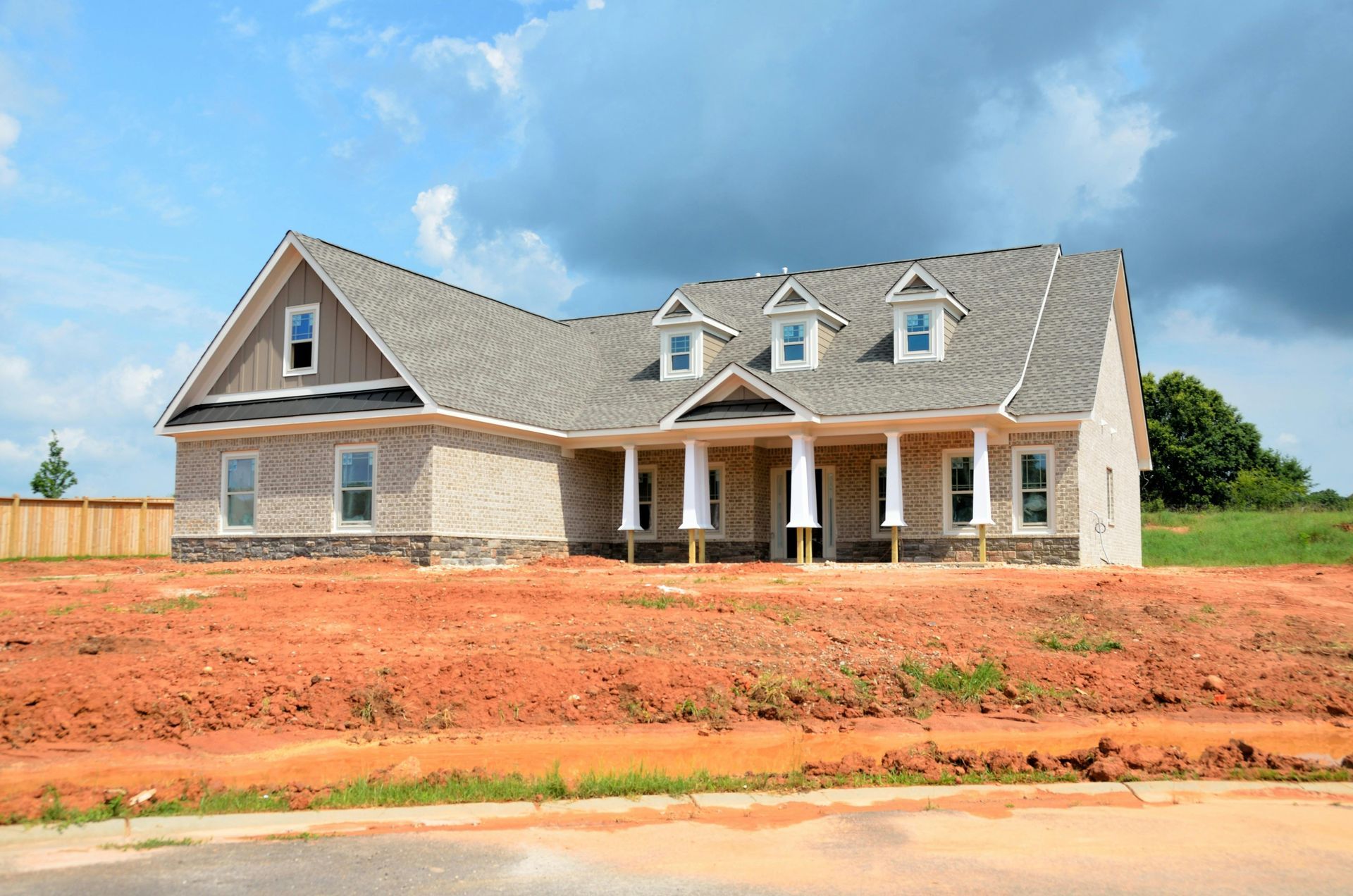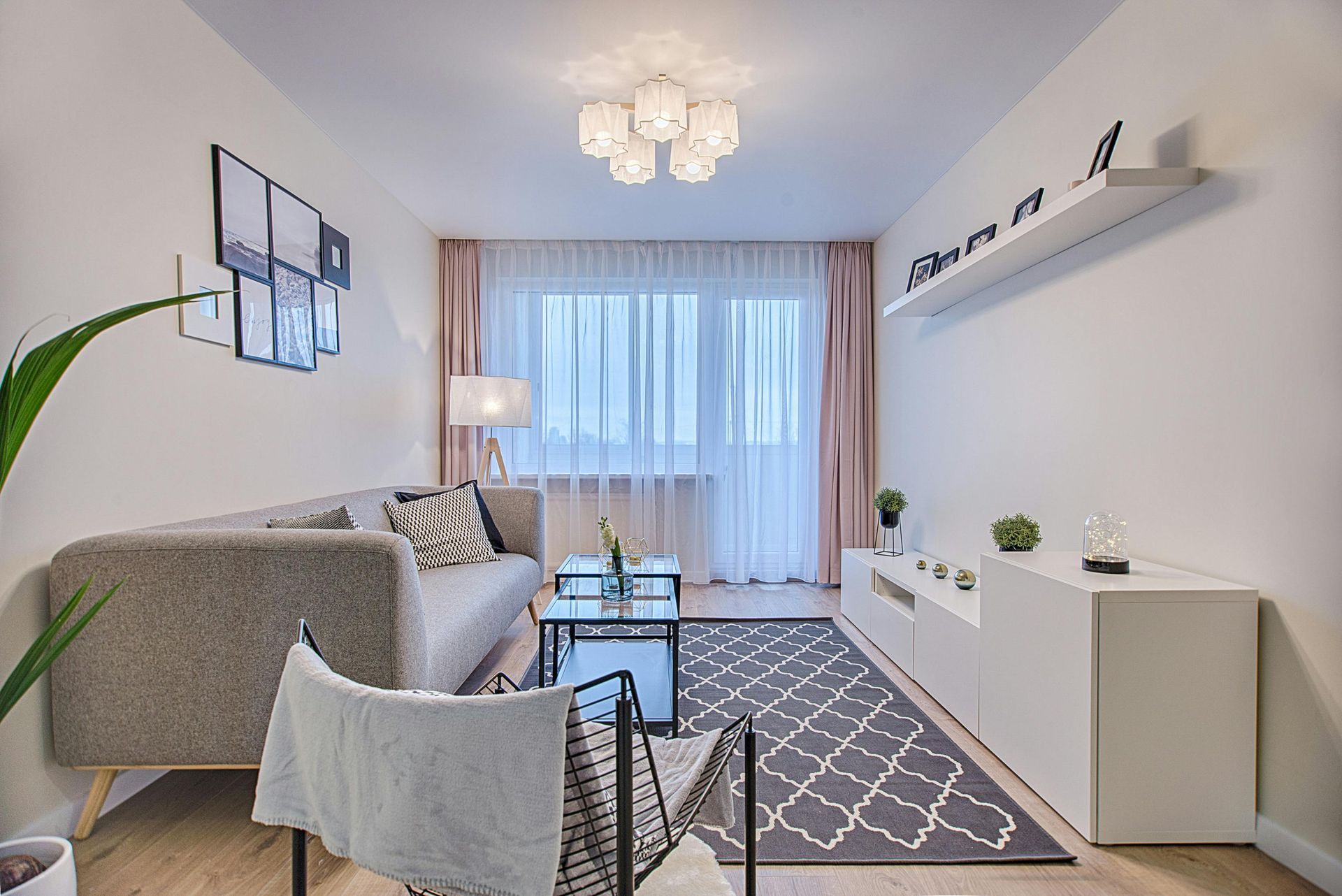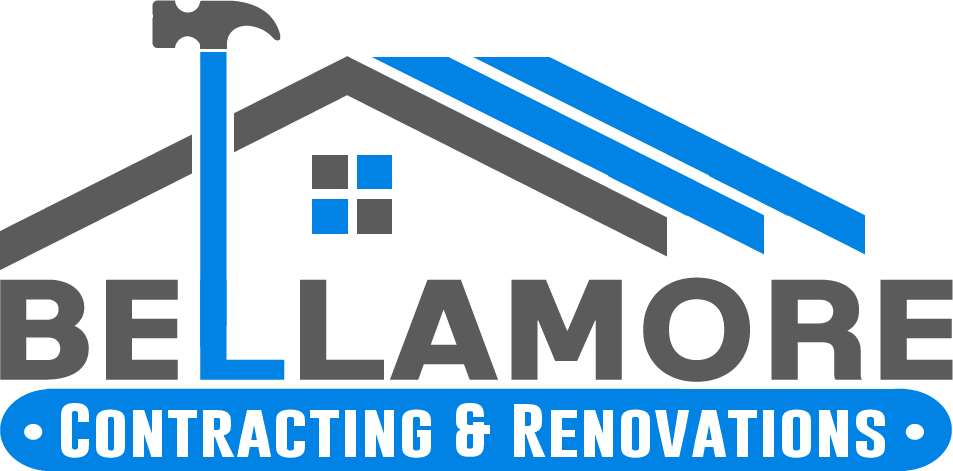Licensed (#RBC-21-01654) & Insured
Local References Available Upon Request
Licensed (#RBC-21-01654) & Insured | Local References Available Upon Request
Maximizing Space with a Custom Attic Conversion
Attic conversions are one of the most effective ways to maximize your home’s space without expanding its footprint. Often overlooked, the attic holds incredible potential for transformation into a functional and inviting living area. Whether you’re dreaming of an additional bedroom, a private home office, or an entertainment retreat, converting an attic can enhance both the usability and value of your home.
Unlike new additions, which require costly foundation work and major construction, attic conversions make use of existing square footage. This makes them a cost-effective alternative for homeowners looking to add space without extending their home’s exterior. From planning to execution, an attic conversion requires careful consideration to ensure comfort, safety, and efficiency while seamlessly integrating with the rest of your home.
Why Convert Your Attic?
Many homes have attics that are used primarily for storage, if they are used at all. Converting an attic into a livable space can transform this underutilized area into a highly functional room that meets the needs of your household. It also offers an opportunity to create something unique—a space designed to fit your specific lifestyle.
Beyond added functionality, an attic conversion can significantly increase your home’s resale value. A well-designed conversion adds usable square footage, making the property more attractive to future buyers. Whether you are planning to stay in your home for years or considering resale down the line, an attic remodel is a smart investment.
Additionally, compared to home additions that require major structural changes, attic conversions are often more budget-friendly. Since the framework of the attic is already in place, modifications typically involve insulation, flooring, ventilation, and lighting improvements. By repurposing this space, homeowners can gain a beautiful new room without the high costs of extending their home’s footprint.
Types of Attic Conversions
Attic conversions are highly customizable, offering endless possibilities for design and functionality. Depending on your needs, the attic can be transformed into a variety of spaces that complement your lifestyle.
A bedroom or guest suite is one of the most popular attic conversions. Whether for a growing family or to accommodate visitors, an attic bedroom provides privacy and comfort in a separate, tucked-away area. The space can be designed with cozy nooks, built-in storage, and skylights to enhance its appeal.
For those who work from home, a home office or study in the attic offers a secluded environment that minimizes distractions. With the right lighting, ergonomic furniture, and custom shelving, this space can become a productive and inspiring workspace.
A playroom for kids is another fantastic way to use attic space. Creating a designated area for children to play, learn, and store toys keeps the main living areas clutter-free while providing a fun and engaging environment. Bright colors, built-in storage, and soft flooring can make the playroom both functional and stylish.
An attic can also be converted into an entertainment space or home theater. With dimmable lighting, comfortable seating, and high-quality soundproofing, the attic can become the perfect spot for watching movies or gaming.
For fitness enthusiasts, an attic conversion can be designed as a personal gym or yoga studio. With proper flooring, mirrors, and ventilation, the space can be optimized for workouts without the need for a costly gym membership.
Planning and Designing an Attic Conversion
Before starting an attic conversion, it’s essential to assess whether the space can be transformed into a comfortable and livable area. Ceiling height, insulation, ventilation, and access all play a crucial role in ensuring a functional and safe conversion.
Structural feasibility should be one of the first considerations. The roof pitch and existing framework will determine how much usable space is available. Low or sloped ceilings may require creative design solutions, such as dormer windows or built-in storage under eaves, to maximize the space efficiently.
Proper insulation and ventilation are necessary to maintain year-round comfort in an attic conversion. Since attics are prone to extreme temperature fluctuations, high-quality insulation helps regulate indoor climate and energy efficiency. Additionally, proper airflow through windows, vents, or air conditioning systems is essential to prevent overheating.
Lighting is another key aspect of attic design. Natural light can be incorporated through skylights, dormers, or strategically placed windows, while recessed lighting or pendant fixtures provide illumination at night. Bright, well-lit spaces make the attic feel more open and inviting.
Flooring options should be selected for comfort, sound absorption, and durability. Hardwood, carpeting, or engineered wood are excellent choices that enhance the space’s aesthetic while providing insulation and noise reduction.
Safe and accessible entryways are also crucial in attic conversions. If a staircase is already in place, it may need modifications to meet building codes. If an attic ladder exists, installing a permanent staircase will improve safety and ease of access.
Custom storage solutions are essential in attic conversions, as the sloped ceilings and unique layout often require creative shelving, built-in cabinets, or under-bed storage to maximize efficiency.
Building Code and Permit Requirements
Like any major renovation, attic conversions must comply with local building codes and regulations. Structural modifications, electrical work, plumbing, and emergency exit requirements must all meet safety standards.
Egress windows or alternative exits are typically required to ensure a safe escape route in case of an emergency. Understanding zoning restrictions and obtaining necessary permits before construction begins will help prevent delays and unexpected challenges.
Choosing the Right Materials and Finishes
Selecting the right materials and finishes ensures that an attic conversion not only looks great but also functions efficiently. Energy-efficient windows reduce heat gain while providing ample natural light.
Ceiling treatments, such as exposed beams, shiplap, or drywall, can enhance the character of the attic. Soundproofing solutions, including extra insulation and carpeting, help minimize noise from the attic to the rooms below.
The color scheme and decor should reflect the purpose of the attic space while maintaining cohesion with the rest of the home. Light, neutral colors can make a smaller attic feel larger and airier, while warm tones create a cozy and inviting atmosphere.
The Benefits of Professional Attic Conversion Services
While DIY attic renovations may seem appealing, professional services ensure the project is completed safely and efficiently. Expert designers and contractors can help maximize the potential of the attic while addressing structural challenges and code requirements.
A well-planned attic conversion provides long-term benefits by optimizing space and enhancing home value. Professional craftsmanship ensures high-quality materials and installations that stand the test of time.
Working with professionals also eliminates common renovation pitfalls, such as inadequate insulation, improper stair access, or inefficient lighting. With industry expertise and attention to detail, a professional team can create an attic conversion that is both beautiful and practical.
Transform Your Attic into a Functional Space
Converting an attic into a livable space offers countless advantages, from maximizing underused square footage to increasing property value. Whether you envision a cozy retreat, a productive workspace, or a stylish entertainment area, an attic conversion allows you to create a room tailored to your needs.
With thoughtful planning, expert craftsmanship, and high-quality materials, an attic remodel can seamlessly blend into your home while providing comfort, efficiency, and style. Instead of letting your attic remain an unused storage space, consider transforming it into a valuable and functional part of your home.
For homeowners looking to unlock the full potential of their attic, consulting with experienced professionals ensures a successful conversion. If you’re ready to turn your attic into a custom-designed living space, start planning your renovation today.



